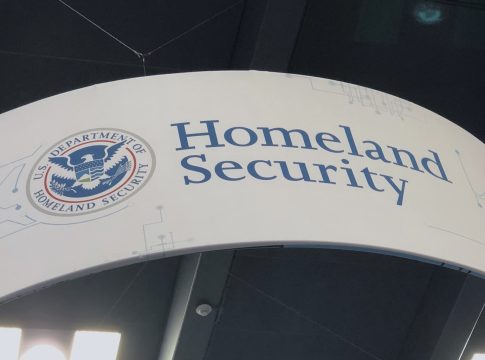Michael Boyce Transitions from DHS to US Digital Response: A New Chapter in AI Governance
A New Direction in AI Leadership
Michael Boyce, who became the first leader of the Department of Homeland Security’s AI Corps, has stepped down to embrace an exciting new role at U.S. Digital Response (USDR), a nonprofit dedicated to pro bono tech initiatives for government entities. The move highlights the ongoing evolution of artificial intelligence (AI) governance as municipalities seek reliable guidance in deploying transformative technologies.
Bridging the Gap for Local Governments
In his new capacity as an AI lead and generative AI technologist in residence at USDR, Boyce will focus on empowering state and local governments to leverage AI effectively. In a recent interview, he emphasized that many local agencies face challenges similar to those he encountered at the federal level: vendor vetting, data protection, and identifying where AI can genuinely benefit the public. However, unlike larger federal entities, these local offices often lack the technical expertise or budget to navigate the complexities of AI.
"The core idea is to deliver technical know-how and lessons learned from my time at DHS," Boyce elaborated. "Even a small tech shop should be able to implement AI solutions with confidence."
Cultivating a Collaborative Environment
Boyce aims to assemble a team of experts who can work alongside local and state leaders. His goal is to provide rapid, targeted technical services—be it a specific AI tool or assistance in evaluation—within a matter of months.
USDR CEO Tina Walha underscored the urgency for unbiased guidance in AI adoption. "Every government, from bustling metropolises to remote communities, deserves access to transformative capabilities. Generative AI should benefit the public good, not just a privileged few," she stated.
Retrospective on AI Corps
Boyce’s departure comes during a significant shift in tech talent within the federal government, particularly following the Trump administration’s moves to streamline agencies. While both the Trump and Biden administrations expressed a commitment to AI, they adopted quite different approaches. The AI Corps, initiated under the Biden administration with over 14,000 applications, had already made strides in enhancing AI capabilities at DHS. It notably supported efforts across various divisions, including Customs and Border Protection and Immigration and Customs Enforcement.
Despite its successes, Boyce acknowledged that a change in administration left him feeling that opportunities for AI innovation were narrowing. Resignations within the AI Corps reflected concerns about the working environment, with some, like former machine-learning engineer Abigail Haddad, citing broader systemic issues.
Looking to the Future
Boyce sees his role at USDR as a natural evolution in his career, shifting from a concentrated mission within DHS to a broader impact across multiple governmental bodies. He also believes that fostering direct access to AI tools for federal staff will be paramount for effective integration.
To attract talent, Boyce leveraged innovative hiring practices that redefined job titles, making positions more approachable to prospective applicants. He argues that generative AI should be seamlessly integrated into daily workflows, rather than being restricted to isolated applications, as many agencies have done in the past.
In concluding his reflections, Boyce emphasized the importance of connecting local officials with AI specialists. His vision is not merely to provide tools but to cultivate an environment where AI can genuinely thrive at all levels of government, benefitting citizens everywhere.
As the landscape of AI deployment continues to evolve, the transition from prominent leaders like Boyce marks a pivotal point in the ongoing dialogue about technology and governance. How effectively local agencies can harness these advances could shape the future of public service in the digital age.

Writes about personal finance, side hustles, gadgets, and tech innovation.
Bio: Priya specializes in making complex financial and tech topics easy to digest, with experience in fintech and consumer reviews.

